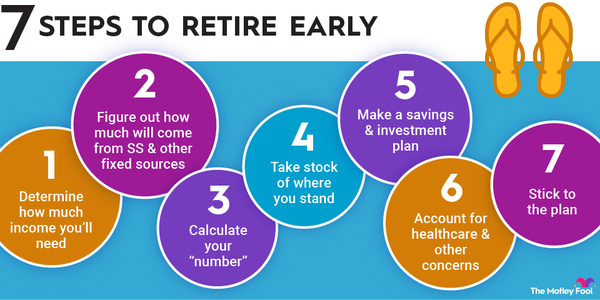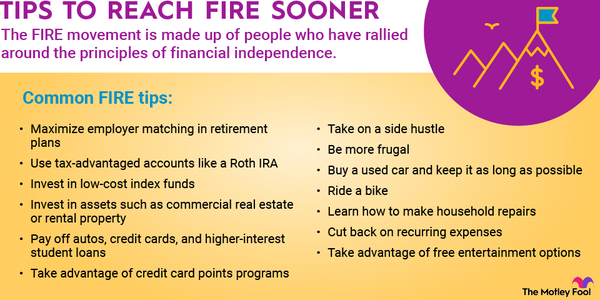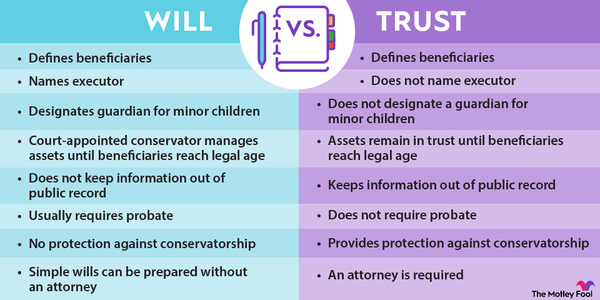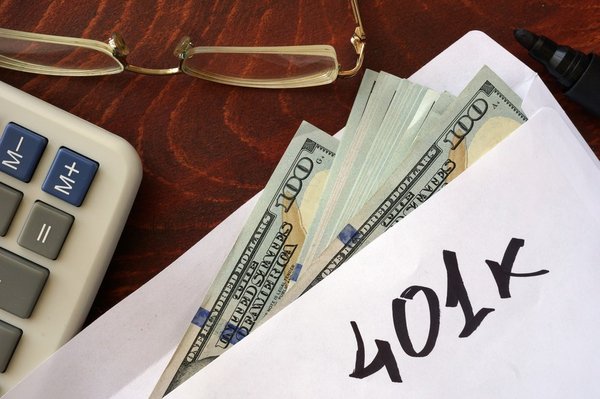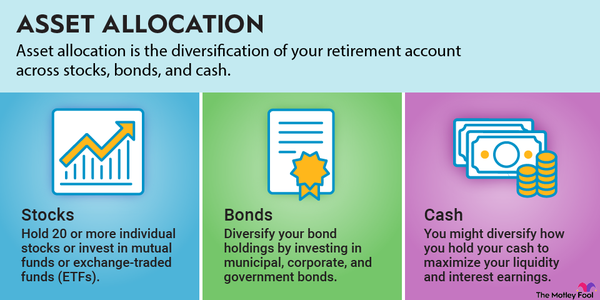If you got a late start saving for retirement, the government wants to help you out. Most retirement savings plans include a catch-up contribution provision. A catch-up contribution is a contribution to a retirement savings plan in addition to the standard limit. It's typically reserved for people aged 50 and older.
Boosting your retirement savings in your 50s and 60s can help you save some money on taxes and reach your retirement goal.

Benefits of catch-up contributions
Catch-up contributions help you save more for retirement in the latter part of your career. Many people reach their peak earning years in their 50s, which means they can save more money and trim their taxes substantially.
How beneficial can catch-up contributions be?
Let's say a married couple has a combined income of $130,000 per year. In 2023, they'd expect to be taxed in the 22% bracket on income above $89,450. With only one spouse working and having access to a 401(k) plan, they can put away the standard $22,500 in 2023 ($20,500 in 2022) plus an additional $7,500 as a catch-up contribution ($6,500 in 2022).
They can lock in the lower 12% marginal tax rate by contributing to a traditional IRA for each partner. The limits are $6,500 per person in 2023 ($6,000 in 2022), with an additional $1,000 catch-up contribution. That's another $15,000 in tax-advantaged savings.
At a 22% marginal income tax rate for the $30,000 in 401(k) savings, that's $6,600 saved in taxes. The 401(k) catch-up contribution itself produced a tax savings of $1,650. Additionally, they'll lower their taxable income by $15,000 by saving in a traditional IRA. Combined, the couple will save $45,000 in tax-advantaged accounts in a most tax-efficient manner.
Saving $45,000 per year from ages 50 to 66 would produce a nice nest egg to supplement Social Security. Even without any prior savings, they could have over $1.5 million in their retirement accounts by the time they reach full retirement age, assuming 8% annual returns.
Without the catch-up contributions, they'd experience a drag of about $2,090 per year in additional taxes. That could add up to over $70,000 in lost savings from ages 50 to 66 when investment returns are factored in. In higher tax brackets, the impact of catch-up contributions could be even greater.
Catch-up contribution limits
Each type of retirement plan has its own catch-up contribution limit. Health savings accounts provide a catch-up provision as well, but their age limit is 55 rather than 50.
Below you can see the contribution limits, the catch-up limits, and the total limit for each type of account in 2023.
| Plan Type | Contribution Limit | Catch-Up Limit | Total Limit |
|---|---|---|---|
| IRA/Roth IRA |
$6,500 $6,000 in 2022 |
$1,000 |
$7,500 $7,000 in 2022 |
| 401(k)/Roth 401(k) |
$22,500 $20,500 in 2022 |
$7,500 $6,500 in 2022 |
$30,000 $27,000 in 2022 |
| 403(b)/Roth 403(b) |
$22,500 $20,500 in 2022 |
$7,500 $6,500 in 2022 |
$30,000 $27,000 in 2022 |
| SIMPLE IRA |
$15,500 $14,000 in 2022 |
$3,500 $3,000 in 2022 |
$19,000 $17,000 in 2022 |
| 457(b) |
$22,500 $20,500 in 2022 |
$7,500 $6,500 in 2022 |
$41,000 $39,000 in 2021 |
| TSP |
$22,500 $20,500 in 2022 |
$22,500 $20,500 in 2022 |
$27,000 $26,000 in 2021 |
| HSA (individual/family) |
$3,850 (self-only)/$7,750 (family) $3,650/$7,300 in 2022 |
$1,000** |
$4,850/$8,750 $4,650/$8,300 in 2022 |
Data source: Internal Revenue Service. *Limited to the amount of the basic limit not used in prior years. **Available to those 55 and older.
If you have the extra income in your 50s and 60s to max out your retirement accounts, you can set yourself up for a healthy retirement even if you haven't already started saving. And if you've already built a nice nest egg, you might even be able to use catch-up contributions to retire a few years earlier.









